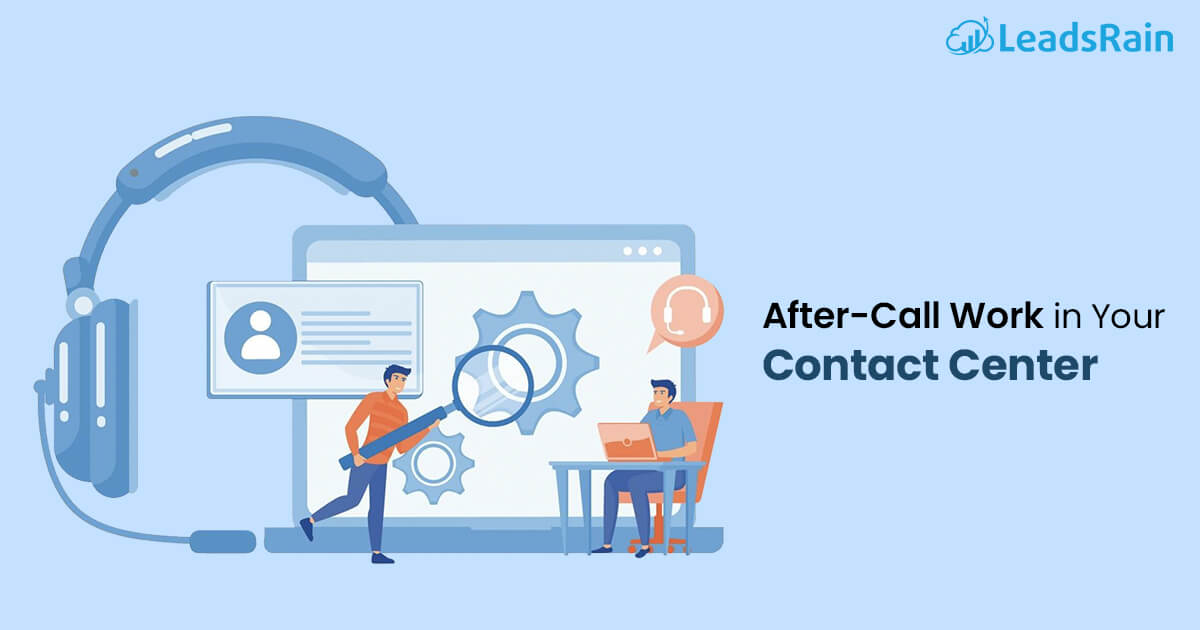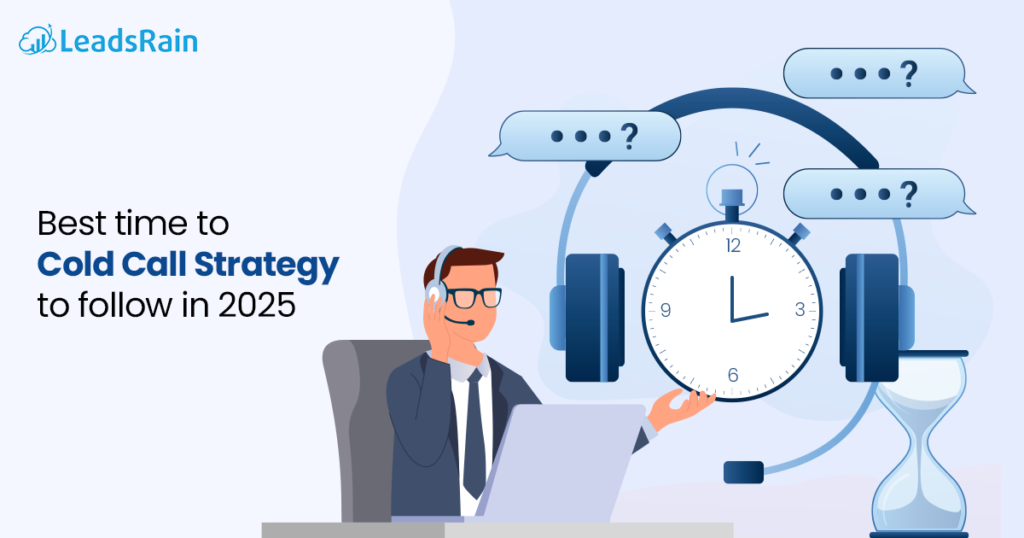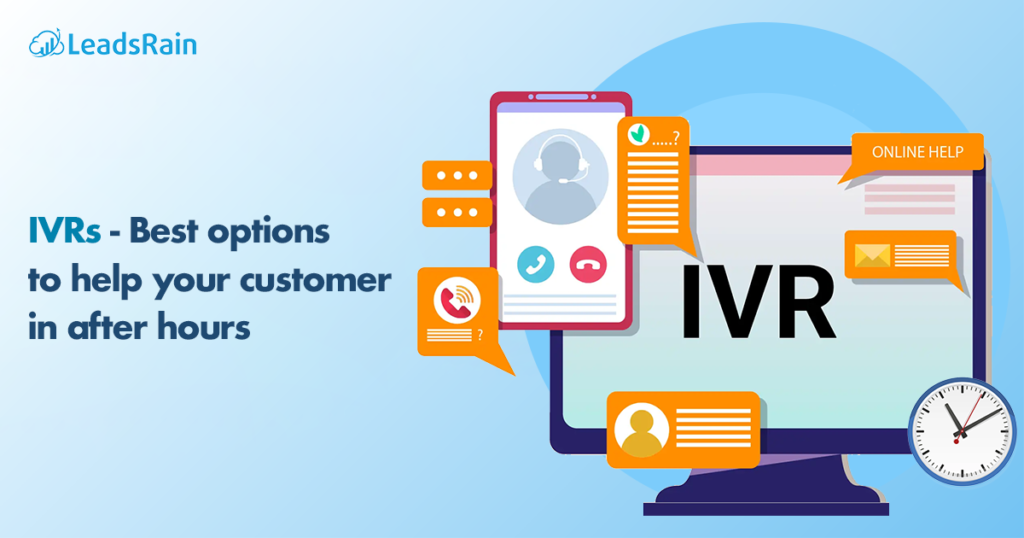In today’s dynamic contact center environment, finding ways to enhance efficiency and optimize productivity is crucial. One area that often requires attention is after-call work (ACW). In this blog, we will explore useful tips to reduce after-call work in your contact center, allowing your agents to dedicate more time to assisting customers and less time to administrative tasks.
What is ACW in a Contact Center?
After-call work in a contact center refers to the activities agents perform after a customer interaction. It involves various tasks that agents must complete to finalize the call and prepare for the next one. These tasks can include updating customer records, documenting call details, creating case notes, generating reports, or initiating any necessary follow-up actions.
Post-call work is essential to the customer service process as it ensures that all necessary information is recorded accurately and any required actions are taken promptly. It allows agents to wrap up loose ends, provide comprehensive notes for future reference, and resolve customer issues effectively.
Importance of ACW in the contact center
For various reasons, after-call work (ACW) is of utmost importance in a call center. Firstly, ACW allows agents to document the details and outcomes of customer interaction effectively. This documentation is valuable for future reference, enabling agents to provide personalized and consistent service. It also helps track customer history, preferences, and previous issue resolutions, leading to more efficient and effective follow-up interactions. Wrap-up tasks contribute to quality assurance efforts as supervisors and quality assurance teams can review the documentation to assess agent performance, identify areas for improvement, and provide constructive feedback. This evaluation helps enhance agent skills, ensuring a high standard of customer service delivery.
Secondly, the ACW call center gives agents the necessary time to perform post-call tasks. These tasks may include sending confirmation emails, scheduling callbacks, updating customer profiles, or initiating order processing. ACW ensures that these essential activities are completed promptly and accurately, contributing to overall customer satisfaction.
Various tasks in Post-Call Work
By understanding the different tasks involved in post-call work, you’ll gain insights into the importance of efficiency in managing these activities to optimize agent productivity. So, let’s unlock the various tasks which are involved in the ACW call center ;
Documentation
Agents need to document important details of the call, such as the customer’s issue, preferences, and any actions or resolutions taken. This documentation is a reference for future interactions and helps maintain a comprehensive customer history.
Case notes and ticketing agents
Agents may need to create or update case notes or tickets to track the customer’s inquiry or issue. This ensures all relevant information is recorded and easily accessible for follow-up interactions or handovers to other agents or departments.
Customer follow-up
Agents often need to perform follow-up activities, such as sending confirmation emails, updating customers on the status of their inquiries, or scheduling callbacks for further assistance. These actions help ensure that customers feel supported and informed throughout their journey.
Updating customer profiles
Agents may need to update customer profiles with any new information obtained during the call, such as address changes, preferences, or contact details. Keeping customer profiles accurate and up-to-date facilitates personalized service in future interactions.
Order processing
If the call involves placing an order or changing an existing order, agents may need to initiate order processing tasks during ACW. This can include verifying details, updating inventory systems, or coordinating with the fulfillment team for timely delivery.
Escalation or handoff
In more complex cases, agents may need to escalate the issue to a supervisor, subject matter expert, or another department for further assistance. ACW involves communicating the necessary details to facilitate a smooth handoff and appropriately address the customer’s inquiry or issue.
Research and troubleshooting
Some interactions may require agents to conduct further research or troubleshooting after the call. This can involve consulting knowledge bases and technical resources or collaborating with colleagues to find solutions or gather additional information for the customer.
Reporting and analytics
Agents may be responsible for inputting data related to the call into reporting systems or analytics tools. This information helps generate insights, monitor performance metrics, and identify trends that can inform business decisions and process improvements.
Compliance and audit requirements
Call completion tasks may involve ensuring compliance with industry regulations and internal policies. Agents may need to update records, obtain customer consent, or follow specific data security and privacy protocols.
10 Tips to Reduce After-Call Work (ACW) in Your Contact Center
Are you looking for ways to optimize your call center operations and reduce after-call work? Don’t let after-call work bog down your operations; these valuable tips below help you streamline your processes and enhance agent productivity. So, let’s find out these worthwhile tips;
1. Integrated CRM Systems
By seamlessly merging your call center software with a CRM, you can streamline the gathering and organizing of customer information. This integration allows agents to access real-time customer data during calls, eliminating the need for manual note-taking and reducing the time spent on post-call documentation. As a result, agents can focus more on providing exceptional customer service while also improving efficiency and productivity in your contact center.
2. Streamline call scripts
Simplify and optimize your call scripts to ensure agents provide concise and accurate information. By eliminating unnecessary steps, agents can complete calls efficiently, reducing ACW. Agents who follow streamlined call scripts can resolve customer queries promptly, minimizing the need for follow-up calls or additional post-call work.
For example, implement a secure and efficient authentication system instead of a lengthy verification process.
3. Knowledge Base Systems
By creating a centralized repository of information, agents can easily access and provide accurate answers to customer queries. A knowledge-based system empowers agents with a comprehensive database of solutions and troubleshooting steps, enabling them to resolve customer issues during the call quickly. This reduces the need for follow-up calls or escalations and minimizes the time spent on post-call documentation.
4. Provide comprehensive training
Offer comprehensive training programs to equip agents with the necessary skills and knowledge. This reduces the need for extensive research or escalating calls, ultimately reducing Post-contact work. For instance, conduct regular product training sessions to keep agents up-to-date with the latest features and troubleshooting techniques.
5. Implement efficient call routing
Utilize intelligent call routing systems to connect customers with the most suitable agents based on their skills and expertise. This minimizes agents’ time transferring calls or seeking assistance, thereby reducing ACW.
For instance, route technical support calls to agents specializing in troubleshooting.
6. Use automated post-call surveys
Implement automated post-call surveys to gather customer feedback without requiring agents to record details manually. This eliminates the need for agents to spend extra time documenting customer responses, thereby reducing wrap-up activities.
An automated survey can ask customers to rate their satisfaction on a scale of 1-10.
7. Optimize call wrap-up time
Analyze average call wrap times and set realistic targets to optimize this period. Effective time management during wrap-up reduces ACW. By implementing time-saving techniques such as using shortcuts or templates, agents can reduce the time spent on administrative tasks, ultimately minimizing after-call work.
For example, encouraging agents to complete necessary documentation promptly while still maintaining quality.
8. Foster continuous improvement
Encourage agents to share their insights and suggestions for reducing ACW. By fostering a culture of continuous improvement, you can implement innovative strategies that optimize workflow and minimize follow-up work.
For example, conduct regular team meetings to gather agent suggestions and recognize valuable contributions.
9. Utilize customer self-service options
Implement self-service options, such as interactive voice response (IVR) systems or online knowledge bases, to empower customers to find solutions independently. This reduces the number of calls agents handle and consequently lowers after-call processing.
For example, an IVR system can provide automated balance inquiries or bill payments.
10. Provide real-time assistance
Enable agents to seek real-time assistance from supervisors or subject matter experts through instant messaging or chat features. This reduces the need for agents to spend excess time researching or escalating calls, thereby reducing ACW.
For instance, a live chat tool can allow agents to consult a technical expert during a call quickly.
How is ACW calculated in a call center?
After-call work (ACW) in a customer service hub is typically calculated by tracking the amount of time an agent spends on post-call activities following the completion of a customer interaction. The calculation methods can vary based on the specific contact center’s processes and technology. Here are two common approaches;
Agent manual input
In this method, agents manually record the duration of their wrap-up activities using a time-tracking tool or within their customer relationship management (CRM) system. They typically start a timer at the end of the call and stop it once they have completed the necessary tasks. The total accumulated time across multiple calls provides the ACW duration for a particular agent or team.
Automatic time capture
Some contact centers utilize technology that automatically captures ACW time based on predefined triggers. For example, the post-call tasks timer may start when the agent ends the call or clicks on a specific button within their call center software. The timer then stops once the agent moves on to the next call or after a certain period of inactivity.
Conclusion
Implementing these tips and strategies can significantly reduce after-call work in your call center. Remember, reducing after-call work benefits your agents by freeing up their time and positively impacts customer satisfaction and loyalty. Embracing these tips can transform your contact center into a well-oiled machine, where agents can focus on what they do best-providing exceptional customer service. So, take the necessary steps, empower your agents, and watch your call center thrive.




